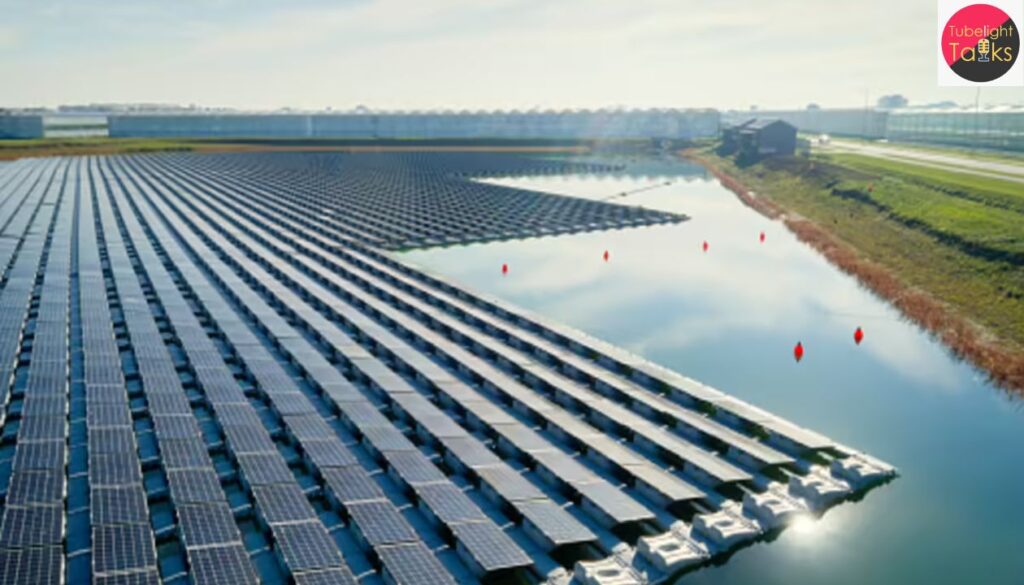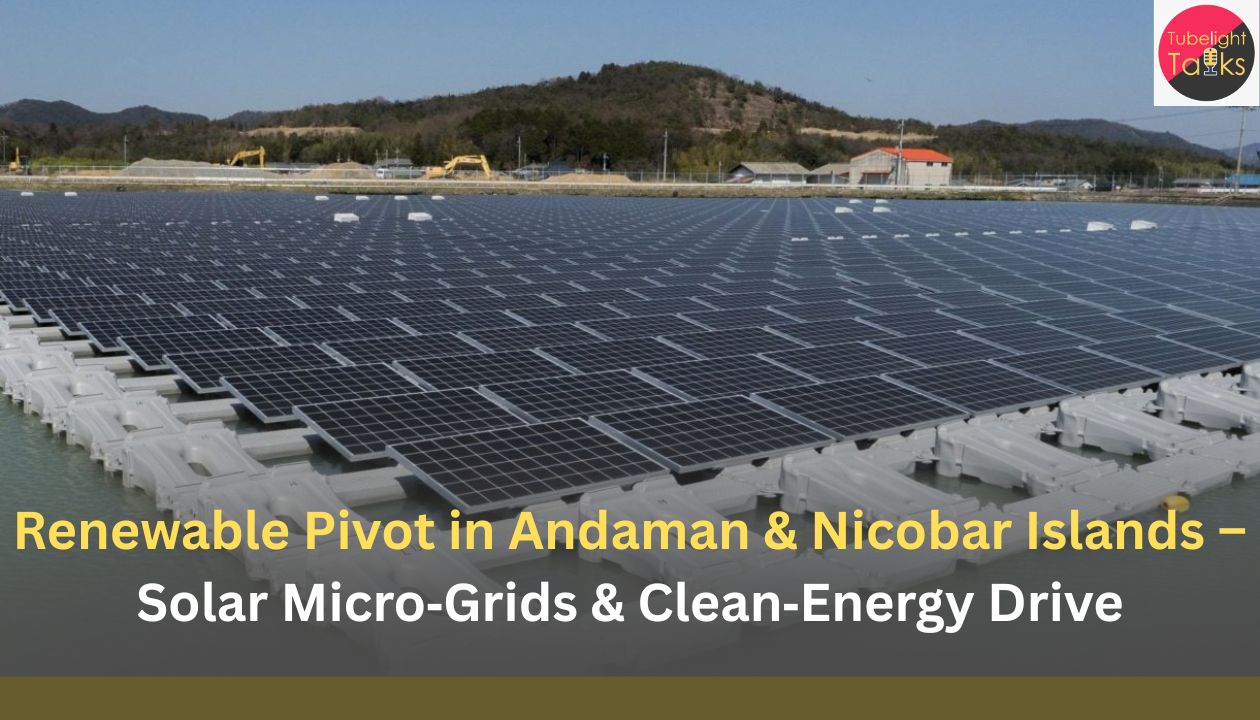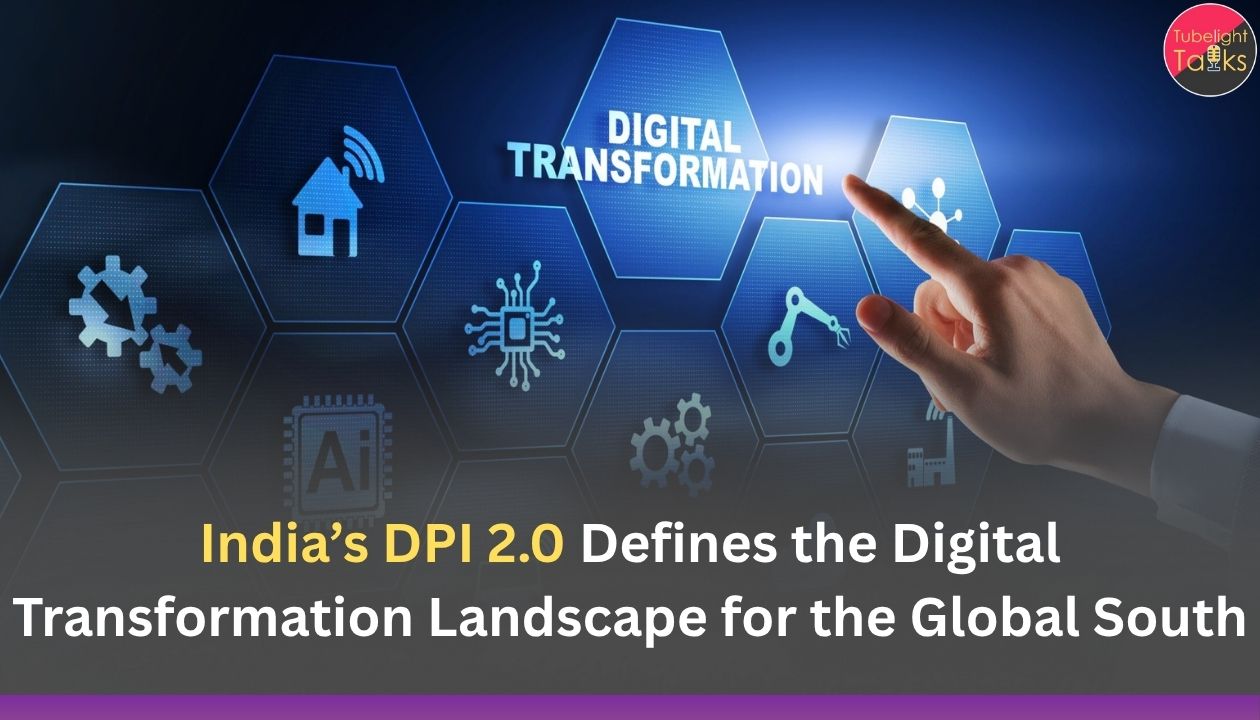Renewable Pivot: The Union Territory of Andaman & Nicobar has set in motion a bold clean-energy initiative by floating a tender to install rooftop solar systems with battery backup totaling 30 MW across its inhabited islands. Under the scheme, 15,000 homes will each receive approximately 2 kW rooftop systems, spread over three “buckets” of deployment in Port-Blair & nearby islands, North & Middle Andaman, and Car-Nicobar/other remote islands. This initiative is crucial for reducing the reliance of remote island communities on costly and polluting diesel generators. The inclusion of battery backup is key to ensuring continuous power supply, overcoming the grid instability inherent to island power systems. This deployment highlights the UT’s commitment to achieving energy independence and sustainability.

Project Design & Scope for Renewable Pivot
Deployment Zones
- Bucket I: 21 MW in Port‑Blair, Swaraj Dweep, Shaheed Dweep, Little Andaman & Dugong Creek
- Bucket II: 7 MW in North & Middle Andaman
- Bucket III: 2 MW in Car‑Nicobar, Kamorta, Chowra, Katchal, Teressa, Campbell Bay
Model & Implementation
The scheme follows a utility‑led aggregation model under PM Surya Ghar: Muft Bijli Yojana. Selected bidders must install, operate and maintain the systems for 25 years, and meet criteria such as minimum capacity utilisation (13.5 %) and bidder‑financial strength.
Why It Matters
Clean Energy for Remote Regions
The islands historically rely on diesel‑based power, which is costly, polluting and logistically challenging. This solar‑battery push can significantly reduce operational costs and carbon footprint.
Climate Resilience & Strategic Significance
Being in a cyclone‑prone zone and remote maritime environment, off‑grid renewables strengthen energy resilience and reduce dependence on vulnerable supply chains.
Socio‑Economic Impact
Distributed rooftop solar empowers households, enhances energy access, and can stimulate local technical employment and skills development.
Also Read: Shining Light on Solar: The Rise of Clean Energy
Challenges & Critical Success Factors
Financing & Viability
Ensuring projects are financially viable—especially with battery storage in remote zones—is key. The awarding process requires credible bidders with demonstrable track records.
Maintenance & Logistics
Island conditions (salt‑air, tropical storms, transportation cost) pose maintenance challenges. Longevity of assets, durability and operations need robust planning.
Integration with Grid and Policy
While rooftop systems reduce load, coordination with grid‑upgrade, net‑metering, regulatory frameworks and storage dispatch is essential for effectiveness.
Empowering Remote Communities
In a world focused on high‑tech solutions, the teachings of Sant Rampal Ji Maharaj remind us that true progress is rooted in service, harmony with nature and upliftment of all. The islands’ clean‑energy drive is more than infrastructure—it is about enabling human life, preserving the environment and empowering remote communities. From a satgyan perspective, aligning technology with ethical purpose and ecological stewardship imbues the project with deeper significance than simple megawatts.
Forward Outlook
Project Milestones
The bid‑submission deadline is 17 November 2025 for the 30 MW package. Deployment and commissioning timelines will be closely watched.
Scaling & Replication
If successful, the model could be replicated in other remote Indian territories and island‑economies globally.
Monitoring & Impact Assessment
Key metrics to track include actual installed capacity, cost‑savings, diesel displacement, battery performance and user‑satisfaction.
FAQs: Andaman & Nicobar Rooftop Solar Initiative
Q1. What size of solar system is planned?
30 MW total capacity, delivered via 2 kW rooftop systems for approximately 15,000 homes.
Q2. Which regions of the islands are covered?
Three “buckets”: Port‑Blair cluster (21 MW), North & Middle Andaman (7 MW), Car‑Nicobar & remote isles (2 MW).
Q3. What is the model of procurement and operation?
Utility‑led aggregation model under PM Surya Ghar: Muft Bijli Yojana, with 25‑year operation and maintenance commitments.
Q4. Why include battery storage?
Storage ensures reliability in remote islands prone to grid disturbances and helps shift from diesel‑based back‑ups.
Q5. What are the major risks?
Key risks include island‑logistics, harsh environmental conditions, financial viability, and technology‑maintenance over long‑term.










